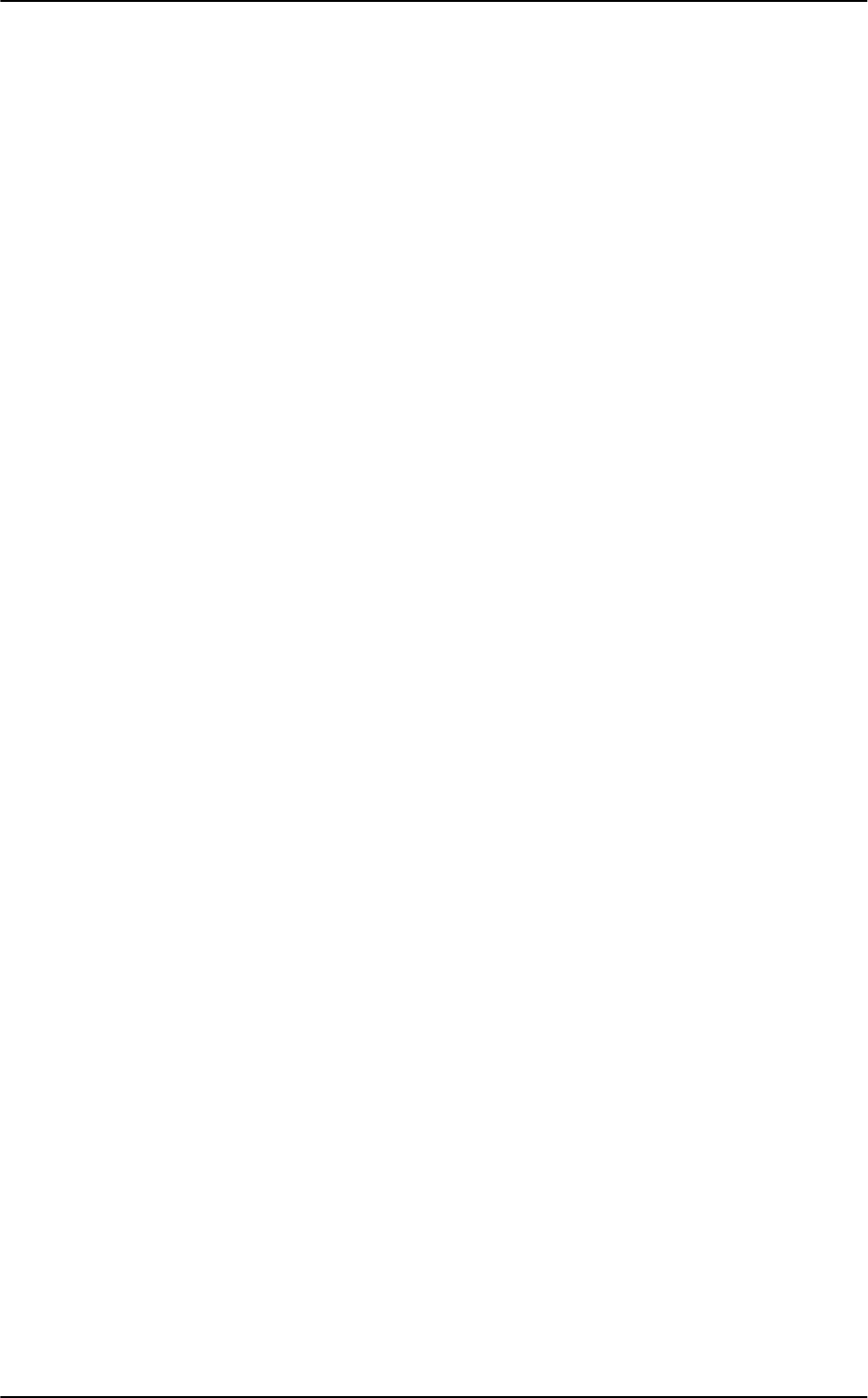
Nikon D70/D70s User’s Guide
saw no difference when printed either on Inkjets or on the $250,000 Lightjet 5000 on Fuji Supergloss.
Oh well! Using Adobe RGB is asking for trouble unless you really know what you're doing and have
complete control over your process. If you have to ask, don't use Adobe RGB.
Mode IIIa is secret code for a standard sRGB mode which gives bolder color. I use this all the
time.
No, I have no idea how Nikon cooked up these numeric designations.
Saturation is the vividness of colors.
+ Enhanced: I prefer violent color, so I crank it up to +. I'd use ++ or +++ if my D70 had it.
0 Normal: For normal people shots you're probably better off with 0. This is the default. There is
no AUTO saturation as on the D200, and on my D200 I leave it cranked to + anyway.
- Moderate: - tones down the colors, which I've never liked. Moderate sounds like British
understatement. In America we call this "dull and boring." Personally I want colors so bright you have
to put on sunglasses, or go directly to B/W. Your interests and taste will differ. There is no native B/W
mode in the D70.
Hue Adjustment: Don't touch this! This rotates all your colors to different spots around the color
wheel. If you use this to fix one color it screws up all the other colors. God only knows why this
adjustment is here.
- - DONE: This is important: after you play with all the above Optimize Image settings you must
select "- - DONE" and "OK" for them to be remembered and take effect. I never trust this and go back
in and check that my settings took hold.
LONG EXPOSURE NOISE REDUCTION (NR): Forget this. It slows the camera frame rate down to
half! If you make exposures of a minute or more it will get rid of the minor purple haze in the corners,
but in exchange you have to wait around in the dark for another blank exposure as long as your first
time exposure! The D70 uses the second exposure as a reference to subtract from the first image to
eliminate any camera-induced hot pixels or haze. Engineers call this "dark frame subtraction." You can
see examples of this haze on my D200 Dark Exposure page. I've never seen this haze in any real
night photography. It only becomes apparent for astronomically long exposures of darkness (pun
intended). The D70 isn't smart enough to disable this automatically at normal shutter speeds, so if
you forget and leave it on your frame rate slows to a crawl even in daylight. I never use this setting.
IMAGE QUALITY: This duplicates half of the QUAL button. I only use this menu if I want to see this
on the back of the camera instead of the top LCD.
IMAGE SIZE: This duplicates the other half of the QUAL button. I only use this if I want to see this
on the back of the camera instead of the top LCD.
WHITE BALANCE: This duplicates the WB button. I only use this menu if I want to see this on the
back of the camera instead of the top LCD.
ISO: This duplicates the ISO button. I only use this menu if I want to see this on the back of the
camera instead of the top LCD. I explain the buttons duplicated by these menus here.
CUSTOM (CSM) MENU (pencil icon)
Press MENU and select the pencil icon to get to the Custom Settings Menu.
© Ken Rockwell 11 of 11

















